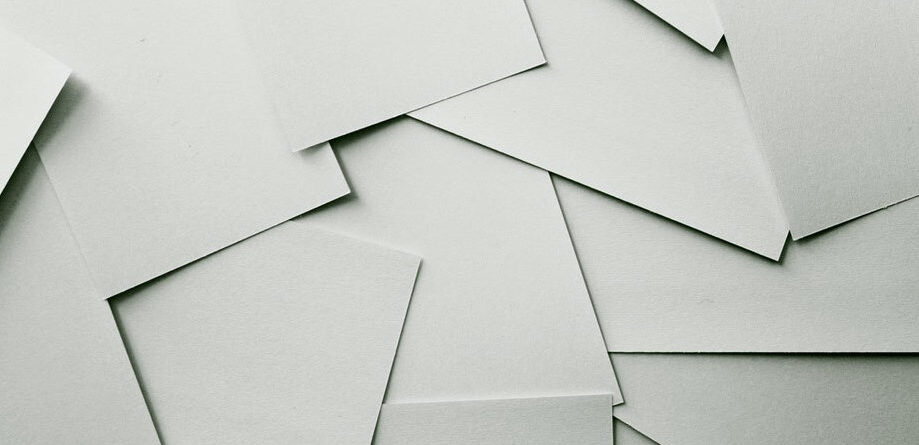To a client new to printing, paper is just paper — right? While variety may at first feel like a good thing, there is such a thing as too much of a good thing. New customers are tossed into a confusing jumble of various finishes, weights, sizes and numbers and what was supposed to be a simple print becomes a confusing myriad of options. But, it’s a printing company’s job to walk the customer through the process of finding the best wide format paper for the job, even when that means limiting the number of options for simpler choices. Here are four factors for printing businesses to consider when stocking paper options.
Finish
The finish of the paper can make a big impact on the overall look of a final product. Satin and glossy finishes tend to make graphics appear sharper, while matte photos have a softer look. Gloss tends to finger print easier than a semi glass or matte. Colours tend to appear richer in matte and the finish also eliminates distracting glare. While there are dozens of finishes in between, including just the basic options makes ordering prints less overwhelming — it’s easy to decide whether or not you want glare, but it’s harder to decide if you want this level of shine or that level of shine.
Weight
Just how durable a print is depends largely on weight. A lightweight paper is inexpensive, easy to roll up and simple to use on large print runs or budget projects. A thicker paper, on the other hand, is less likely to tear and also tends to absorb ink better, making it a better option for prints designed to last. Canvas is durable enough to hang without a frame for years of quality.
Speciality papers
The world of printing papers has become even more varied in recent years and while keeping a hundred different papers in stock isn’t possible, offering a handful of unique papers is a good way to set yourself apart from competing businesses without adding outrageous costs. Metallic finish is a popular option with a great look, while textured fine art papers are also a great way to affordably add options without becoming overwhelming.
Colour
There’s more than one white. Bright white helps colours pop, while some papers have more contrast. While the difference between shades of white is more subtle, the colour can play a role in the overall look of the paper.
Questions to ask before ordering paper
Before choosing what papers to keep in stock, tailor your choices to your business by asking these questions:
- What’s important to you as a printer?
- What’s important to your clients?
- What’s a reasonable range of options to satisfy your client’s needs without overwhelming them?
- What’s the best way to display samples of each photo type so customers can easily see the differences?
All paper is not created equal. A photo printer’s job is to sift through all the options to find the best print medium for that particular project, turning a buffet into bite-sized projects. By selecting a small range of papers that still covers the best finishes, weights and colours available, you can deliver the best prints without the stress of being faced with hundreds of options.
